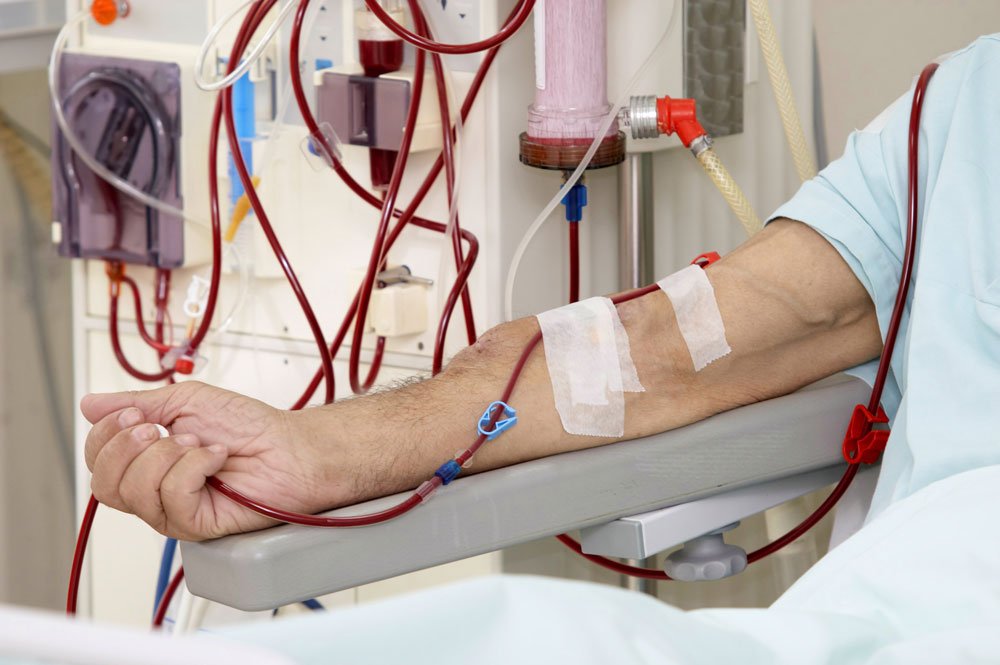Dialysis
Dialysis

Peritoneal dialysis can be performed at home or in a clinical setting and offers more flexibility in treatment schedules compared to hemodialysis.Dialysis plays a crucial role in managing kidney failure, providing patients with a means to maintain their health and quality of life. While dialysis is not a cure for kidney disease, it serves as a bridge to transplantation for those awaiting a kidney transplant and can sustain patients’ well-being for years.
At The Hope Academy, we understand the importance of dialysis in managing kidney disease and offer specialized training programs for healthcare professionals in nephrology and renal care. Our curriculum covers the principles of dialysis therapy, patient management, and the latest advancements in renal care, equipping students with the skills and knowledge needed to deliver high-quality care to individuals undergoing dialysis treatment. Join us in making a difference in the lives of patients with kidney disease and helping them thrive despite the challenges they face.
Dialysis serves as a lifeline for individuals with kidney failure, offering a vital treatment that replicates the kidney’s essential functions. This medical procedure becomes necessary when the kidneys lose their ability to filter waste products and excess fluids from the blood effectively. Dialysis effectively replaces this function, helping to maintain proper electrolyte balance and remove toxins from the body.
There are two primary types of dialysis: hemodialysis and peritoneal dialysis. Hemodialysis involves the use of a dialysis machine to filter blood outside the body, passing it through a dialyzer that acts as an artificial kidney. During this process, waste products and excess fluids are removed, and the purified blood is then returned to the body. Hemodialysis sessions typically last a few hours and are performed several times a week.
Peritoneal dialysis, on the other hand, involves using the body’s peritoneal membrane as a natural filter. A cleansing fluid, known as dialysate, is introduced into the abdominal cavity through a catheter. Waste products and excess fluids pass from the bloodstream through the peritoneal membrane into the dialysate, which is then drained from the body


